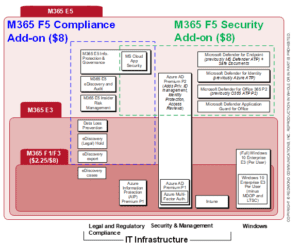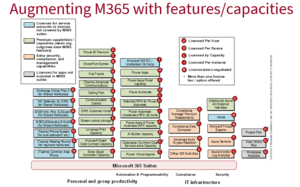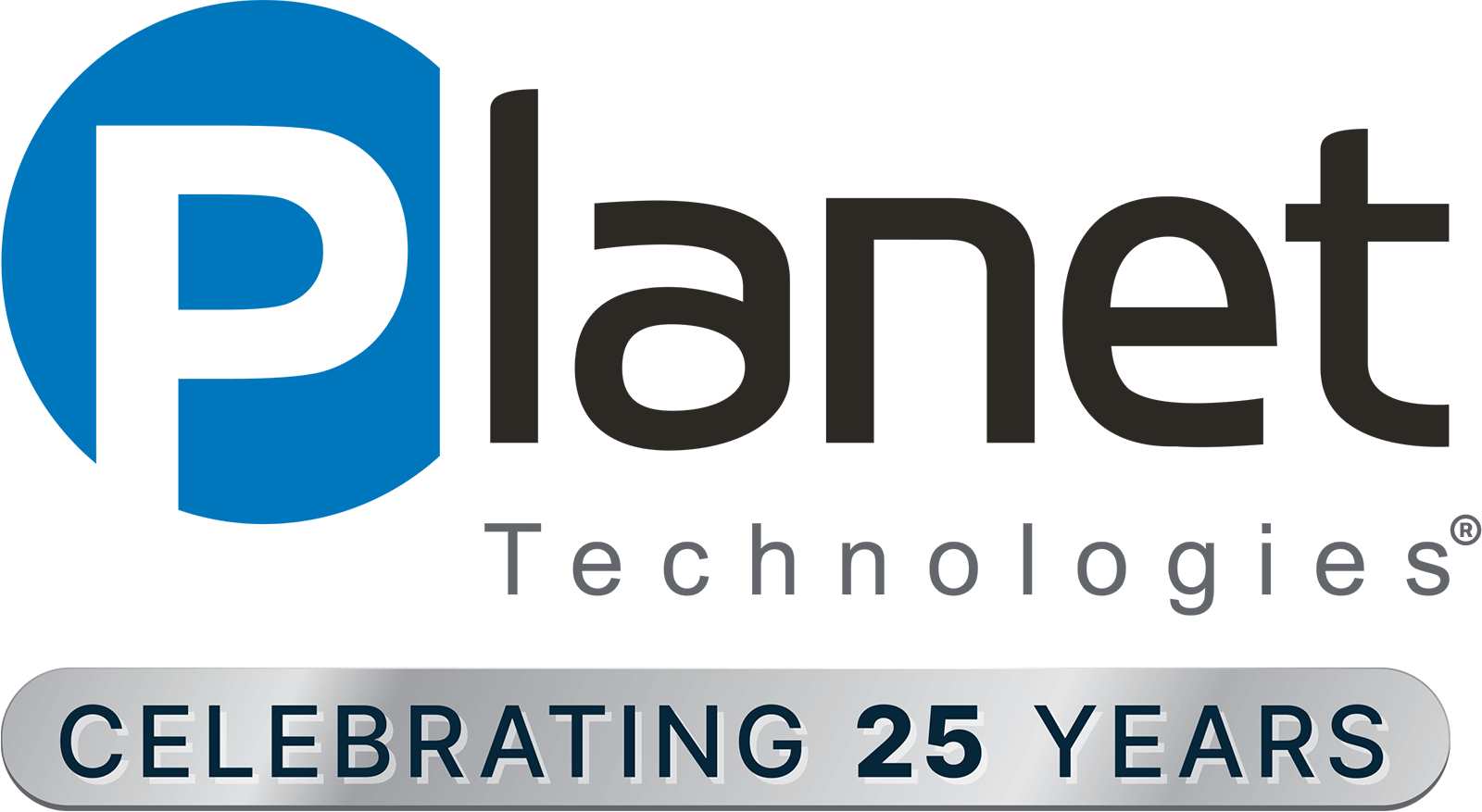Ahh Microsoft Licensing…If this topic confuses you…you are not alone. I think we can all agree that MS licensing is complicated and sometimes unclear no matter how much research you do. Especially in the area of understanding what is included in their license suites, Power Platform and Dynamics 365. To understand MS licensing, you need to break down the suites and understand what is included and what is not. You also need to understand the security gaps in certain plans, so you don’t fall short on your compliance requirements. This blog will assist you in this journey and offer up solutions (both no cost options/resources and consulting) to get you further information.
On the no cost side of this discussion,
- MS keeps the licensing information up to date via this site.
- Download this incredibly helpful PDF to see the details of each of the suites in a matrix format. You can also try this interactive matrix here
- What is included in each license? Download these decks
- Microsoft 365 licensing guidance for security & compliance
A useful Microsoft 365 compliance comparison spreadsheet is also available to show which license covers each feature. The spreadsheet also identifies gaps in terms of desirable features not covered by licenses held by a tenant.
Consulting services are available to assist you in providing license consultation to prepare you for an EA renewal or specific need. Planet and its Partner, Directions on Microsoft, can offer 2 solutions to you.
- Meet with your cloud strategist to review your licensing yearly (No Cost for You Already Own It customers)
- Work with our Partner, Directions on Microsoft. Over recent years, Planet and Directions on Microsoft have been strengthening their partnership to help offer a comprehensive experience including security, enablement, adoption, and now guidance on licensing. Directions on Microsoft offers Reports, Roadmaps, Licensing Reference Sets, Webinars, Decision Kits, and Microsoft Licensing Boot Camps to help organizations build accurate plans and budgets for their Microsoft purchases and proactively prepare for disruptive changes in Microsoft technologies and services. Additionally, these services are offered on the GSA contract.
Licensing Overview
For the most part, Microsoft licenses their services in packages or suites. The current naming methodologies Microsoft uses to describe their licenses are Microsoft 365 (M365), Enterprise Mobility Suite (EMS) and Defender products.
- M365 includes O365 services, EMS and Windows 10 Enterprise as a bundle.
- EMS includes your basic security for mobility, Azure Active Directory Plan 1 (AADP1) and Azure Information Protection Plan 1 (AIP1).
- M365 E3 or E5
Finally selecting the Plan level of M365 E3 or E5 is needed. In general, Manual or Plan 1 capabilities offer protections, but they have to be manually set, configured or not based on risk conditions. E3 plans include Plan 1. In contrast Automatic Processing or Plan 2 capabilities are included in E5 and allow for automatic processing of applying labels, classifications, and risk based policies.
Included in the M365 E5 Suite are the Defender Products for Security. While these products cost a bit more they have the ability to automate endpoint detection and response (EDR) AND replace up to 16 different security tools you may already be using. When combined with Azure Security Center (ASC) you have a single pane of glass or dashboard for your O365 and Azure security environments and even start a plan to monitor and protect other clouds like AWS, Google, and on prem environments and servers.
License Types
The following graphic really visualizes the types of licensing, features and capacities in the O365 Ecosystem.

Mixing Licenses
Many customers mix and match licenses based on personas of the work people do. This approach makes sense on paper but there are a few things to keep in mind, like the cost of managing licenses for on/offboarding and the cost of making sure all users are compliant regardless of which license type they are assigned. For instance, if your organization has compliance requirements for all emails then you need to make sure your E1, M365 F1, and M365 F3 licenses all include add-ons for DLP, Legal Hold, and eDiscovery export. For M365 F3 users being mixed with M365 E5 you will want the security and compliance add-ons. Be careful, as you will notice, it is less expensive to buy them together vs separately.

Helpful Advice:
- Don’t forget that licenses are expensive and having a consistent on/offboarding process and auditing can regularly save you thousands on wasted license assignments for employees who are no longer working. In my past, we did some creative PowerBI work where we mashed up what we purchased versus what we assigned from O365 to give us a good idea of where we were at weekly.
- Don’t forget to license your service accounts if you need DLP, legal hold and/or eDiscovery on them. Just purchase an Exchange Online Plan 2 instead of wasting a more expensive license like M365 E3 or E5.
- Consider installing the MS 365 usage analytics template located here to see who is using what licenses. You will need at least one Power BI license to set this up.
- Don’t forget about Hybrid benefits. Azure Hybrid Benefits are a licensing benefit that helps you significantly reduce the costs of running your workloads in the cloud. It works by letting you use your on premises or M365 licensing for Windows, SQL, Redhat and Linux licenses in Azure. This benefit greatly reduces the cost to move to Managed SQL instances and Microsoft Virtual Desktop.
Last word of caution
Sometimes, a feature you may want to use might not enforce the ability to utilize the capability. You need to be careful because technically you can utilize the software but legally you are not entitled to it. Rest assured, Microsoft is aware of this situation and could fix this problem possibly breaking your service if you are not entitled via your agreement or in your O365 or Azure Tenant. It is best to use trial licenses for testing out functionality and not rollout out non licensed services to your production users.
Where to Start?
For more information or to schedule a license review your cloud strategist or youalreadyownit@go-planet.com
How can I stay up to date?
Public information can be found on the Microsoft Public Roadmap, Power Platform Licensing Guide.
Power Platform FAQ licensing information can be found here.

